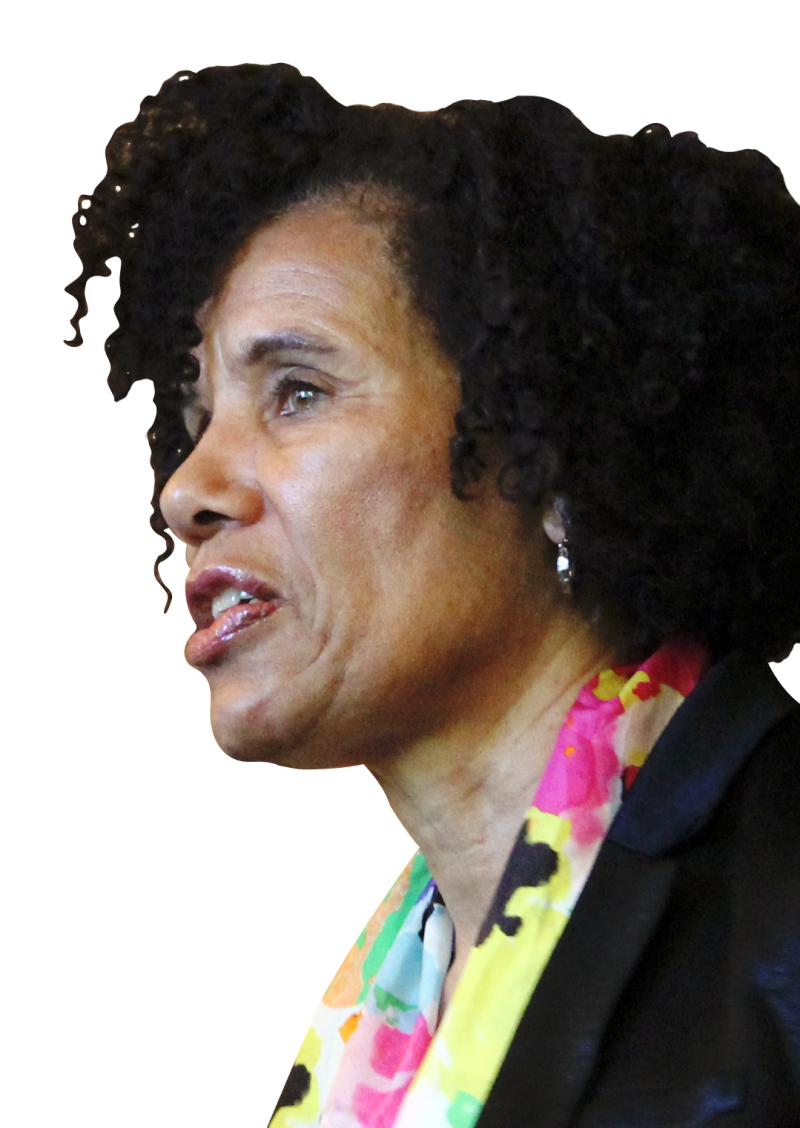President Donald Trump on April 23 issued an executive order misleadingly entitled “Restoring Equality of Opportunity and Meritocracy.” This order announces that it is now “the policy of the United States to eliminate the use of disparate-impact liability in all contexts to the maximum degree possible” under the law.
Disparate Impact, also known as “discriminatory effects,” is a legal theory in which lawsuits and claims can be brought, in certain circumstances, where there is no clear evidence of intentional discrimination. Instead, seemingly neutral rules or policies which produce harmful effects can be challenged.
This is not a small thing. Disparate impact is built into a large chunk of civil rights laws: the Fair Housing Act of 1968, Title VI of the Civil Rights Act of 1964 (governing entities receiving federal funds) as well as Title VII of the Civil Rights Act, as amended by Congress in 1991, to overturn a Supreme Court case that ruled there was no such possible claims.
But disparate impact theory is not limited to statutes guarding against racial discrimination. It is embedded in American jurisprudence more widely. For example, the Supreme Court in 2005 ruled that the Age Discrimination in Employment Act of 1967 extends to disparate impact claims. So, policies which burden or disadvantage older workers could create liability if there was clear statistical evidence that the policy caused that outcome. And it is similarly built into the Americans with Disabilities Act.
That the administration would go after disparate impact is not a surprise. Conservatives have long disliked the theory, as Michael Barone’s editorial a decade ago illustrates, calling it a “war on suburbia” (although he is conflating disparate impact with a different legal theory, the duty to “affirmative further fair housing”). More recently, in a startling strategy document published in the interregnum between the election and the inauguration, advisor Christopher Rufo pinpointed “Disparate Impact” next to “affirmative action” as a key target of the incoming administration. He wrote: “The sixth objective is to eliminate affirmative action and disparate-impact doctrine from federal policymaking.”
The characterizations of disparate impact legal theory in the executive order and strategy article are false or wildly exaggerated, but there is a reason why they hate it. It doesn’t encourage “racial balancing” as the executive order claims, but it does require government to overcome its tendency to ignore or remain indifferent to the reality and conditions of persistent racial inequality.
By challenging indifference and the status quo, disparate impact liability sets the gaze of policymakers and government officials at every level and in every institution potentially subject to such liability. In this way, it is much like environmental laws, which require some awareness and assessment of how policies or government action impact or otherwise adversely affect the environment. Just doing business as usual, even if the intent is not to harm, is insufficient.
That’s why I wrote back in 2019 that “disparate impact liability is the best remedy for structural racism.” As I wrote in that blog, “[d]isparate impact is thus about sensitizing political leaders, institutional leaders, and community leaders to how their actions may produce racial effects, even with good intentions. It is a necessary step when systemic and racial inequality are so deeply structured in our society.”
I wrote that blog in response to the Trump administration's revocation of the Fair Housing regulation, and their proposed new rule, governing disparate impact claims. The first Trump administration denuded the concept. Now they are throwing the baby out with the bathwater across the board. The new executive order goes further and seeks to curb disparate impact across the board.
Disparate impact may be an obscure legal theory, but it is one of immense power to unsettle the status quo, and move beyond our usual stasis and indifference. As I explain in my forthcoming book, Structural Racism: The Dynamics of Opportunity and Race in America, structural racial inequality is far more than a legacy of the past or the accumulated effects of past actions and policies. Our systems and institutions unwittingly reproduce it on a daily basis. Only when institutions and policymakers are actually sensitive to the problem can they do something about it.
Editor's note: The ideas expressed in this blog are not necessarily those of the Othering & Belonging Institute or UC Berkeley, but belong to the author.




